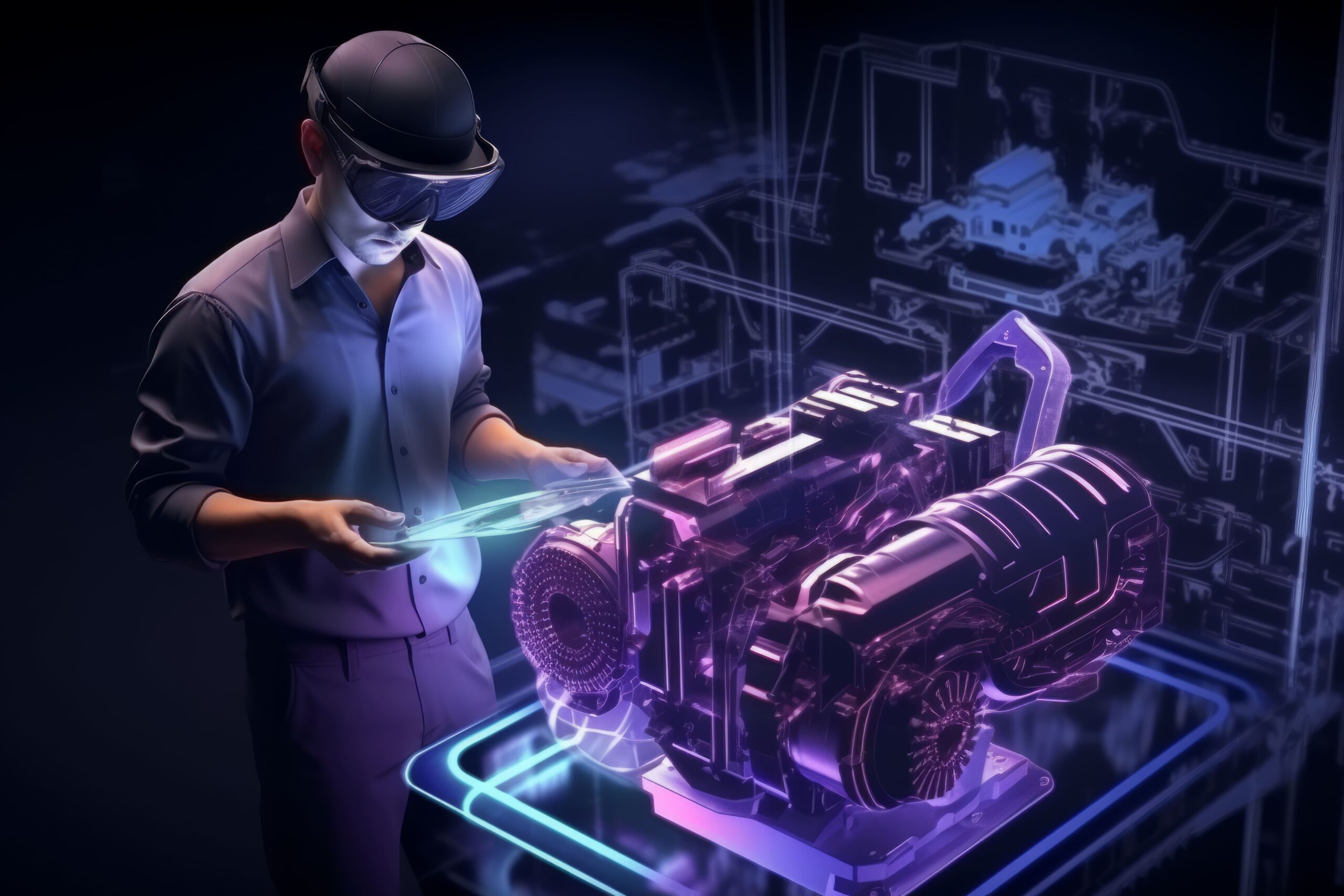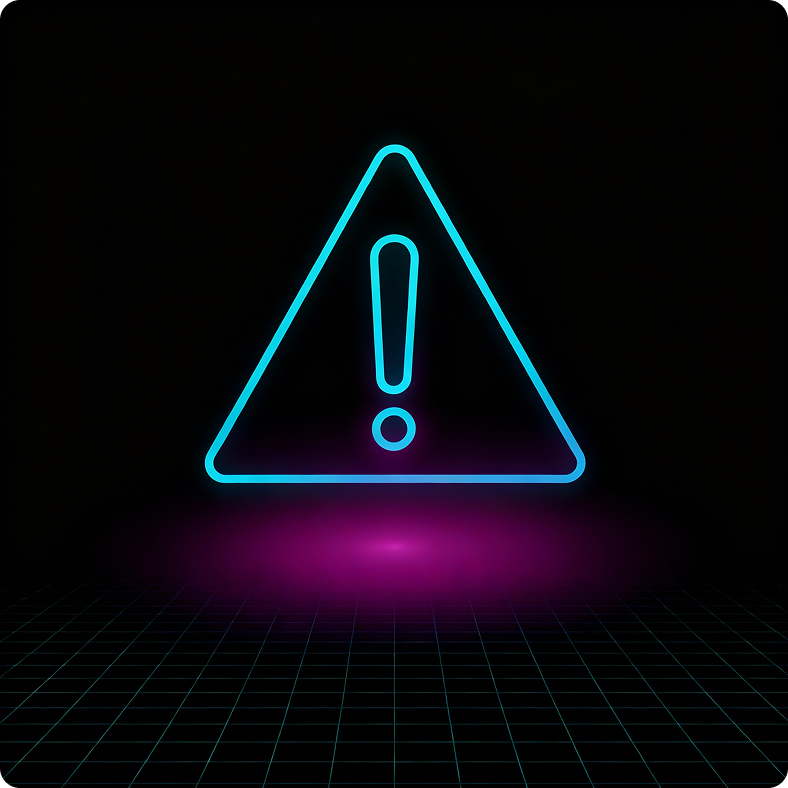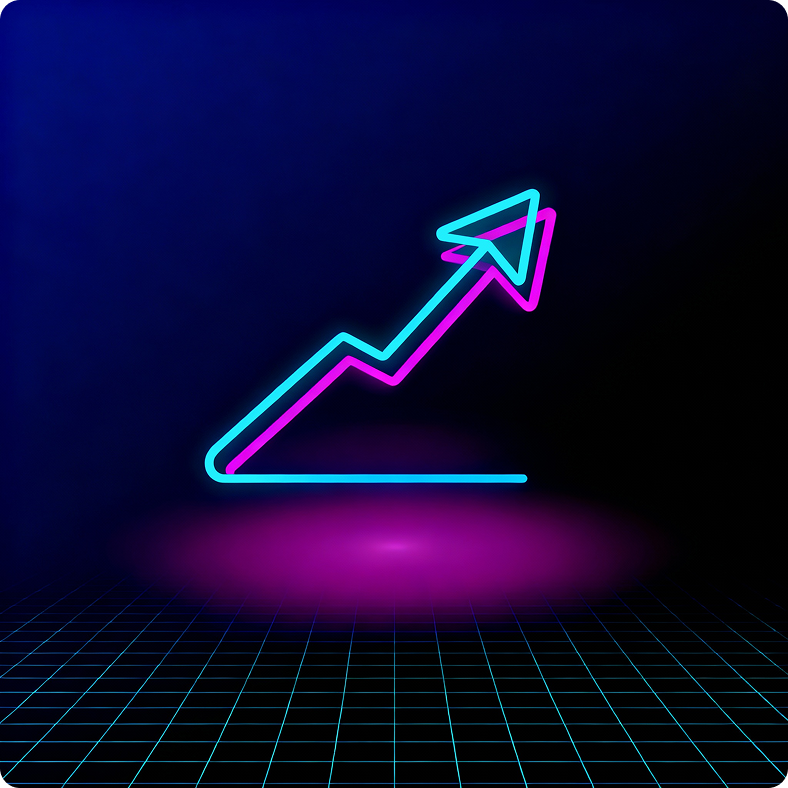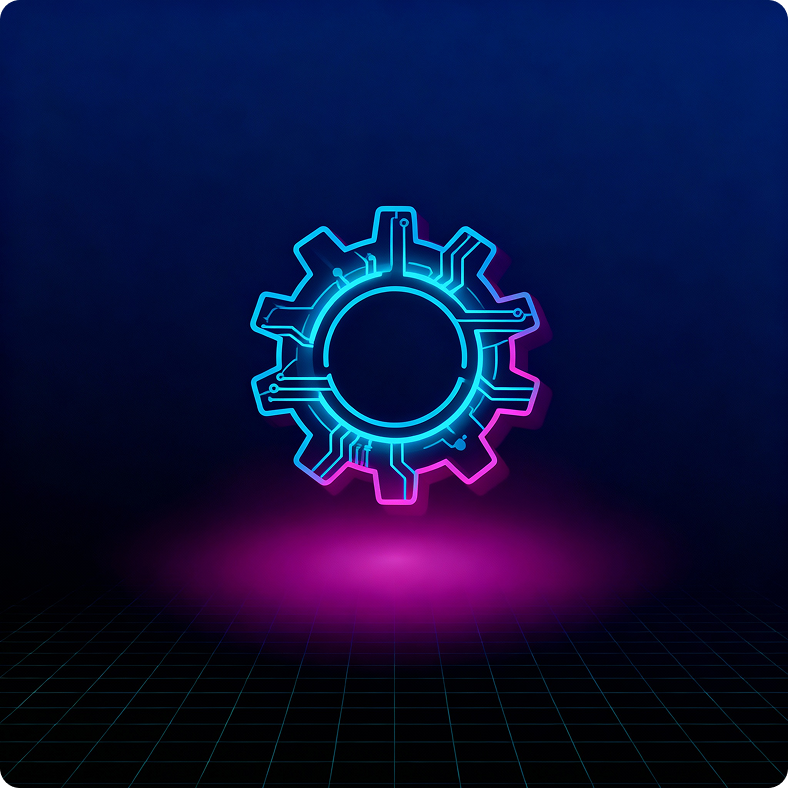Augmented Reality in Maintenance: Practical Applications Guide
How augmented reality maintenance tools and smart glasses transform technician workflows, remote support, and industrial training across connected operations.

TL;DR
Augmented reality (AR) has moved beyond prototypes into everyday maintenance practice. AR maintenance solutions using smart glasses and real-time remote assistance enhance productivity, reduce human error, and accelerate workforce training. This guide explores how AR reshapes maintenance — from guided repair to digital inspection, documentation, and collaboration.
Highlights
- Guided precision — augmented reality maintenance overlays live 3D instructions on real equipment, cutting task times by up to 30%
- Instant expertise — remote assistance connects field technicians with off-site experts for real-time troubleshooting
- Hands-free efficiency — smart glasses free technicians from manuals and tablets, improving safety and focus during complex repairs
Introduction
When Airbus equipped its maintenance teams with smart glasses and AR-guided instructions, the results were immediate. Technicians assembling complex hydraulic systems accessed 3D overlays directly on components, visualizing torque values and connector positions in real time. What once required two engineers and an instruction manual now took one person — 30% faster and with zero assembly errors reported during the pilot phase.
Across industries, augmented reality maintenance is emerging as one of the most practical tools for improving efficiency, safety, and knowledge retention. According to PwC’s 2024 Digital Operations Report, nearly 40% of large manufacturers plan to scale AR maintenance deployments by 2026. The reasons are clear: faster onboarding, reduced downtime, and enhanced collaboration across distributed teams.
Whether it’s remote assistance for offshore turbines or AR-guided training for new technicians, augmented reality bridges the gap between digital expertise and physical execution. This article explores how AR reshapes maintenance operations — from guided inspections and real-time collaboration to data visualization and workforce development.
The Limits of Traditional Maintenance Workflows
Even in the era of predictive analytics and automation, most maintenance teams still rely on static manuals, paper checklists, or 2D digital instructions. This approach limits efficiency, consistency, and safety — especially in high-complexity environments.
The first challenge is information access. Technicians often lose valuable time switching between tools, screens, and manuals while working on critical assets. This fragmentation leads to human error and longer repair times. In aviation and energy sectors, a single misinterpreted instruction can cost hours of downtime and thousands in lost production.
The second issue is workforce expertise. As senior technicians retire, new personnel face steep learning curves. Onboarding and training are costly, with classroom-based sessions struggling to replicate real-world conditions. Without augmented reality maintenance support, junior staff lack confidence and autonomy in the field.
Finally, remote collaboration remains limited. When equipment fails at remote sites, field technicians rely on phone calls, photos, or video streams to consult experts. Complex problems can take hours or days to resolve.
These challenges highlight a critical gap: traditional workflows don’t scale knowledge. AR maintenance bridges that gap by bringing expertise directly to the point of execution — merging digital intelligence with hands-on precision.
Augmented reality doesn’t replace human expertise — it amplifies it.
— Paul Davies, Head of Industrial Innovation, PTC
Building an AR-Enabled Maintenance Ecosystem
Modern AR maintenance platforms blend 3D visualization, cloud connectivity, and remote collaboration tools into everyday maintenance processes. The result is faster execution, fewer errors, and scalable expertise across distributed teams.
1. AR-Guided Work Instructions
Using smart glasses or tablets, technicians see step-by-step overlays aligned directly with real equipment. Torque specifications, component labels, and animations guide each task. Studies by Deloitte show that AR guidance reduces maintenance task time by 25–35% and error rates by up to 40%.
2. Remote Expert Assistance
Remote assistance tools allow on-site staff to share live video feeds with experts who can annotate directly onto their field of view. This eliminates travel delays, accelerates troubleshooting, and enhances safety in confined or hazardous spaces.
3. Digital Twin Integration
Combining AR with digital twin models provides real-time context on equipment condition. Technicians can visualize sensor data (temperature, vibration, pressure) overlaid on the asset, supporting predictive decision-making.
4.AR-Based Training and Certification
Interactive AR modules replace classroom sessions with immersive simulations. Trainees perform virtual repairs in realistic 3D environments, improving retention and readiness. AR-based training shortens onboarding by up to 50% and increases confidence in first-time fix rates.
5.Workflow and Data Integration
Modern augmented reality maintenance tools integrate directly with CMMS and ERP systems, automatically updating work orders and capturing photo or video documentation for audits and compliance.
Watch: The video Augmented Reality (AR) For Maintenance | DELMIA demonstrates how DELMIA’s AR platform integrates with CMMS to deliver real-time guidance, remote support, and automated documentation for industrial maintenance teams.
By merging visualization with real-time data and collaboration, AR transforms maintenance into an intuitive, efficient, and connected experience — enabling technicians to see, act, and learn simultaneously.
Traditional vs AR-Enabled Maintenance
Traditional maintenance depends on static documentation and manual reporting, while augmented reality maintenance delivers dynamic, contextual, and data-driven guidance. The difference lies in execution speed, error prevention, and scalability of expertise.
| Aspect | Traditional Maintenance | AR-Enhanced Maintenance | Key Advantage |
| Instructions | Paper manuals or PDF guides | Interactive 3D overlays via smart glasses | Real-time, hands-free guidance |
| Troubleshooting | Expert consultation via phone or video | Live remote assistance with annotation and AR pointers | Faster, clearer problem-solving |
| Training | Classroom or shadow-based learning | Immersive AR simulations and guided practice | 50% shorter onboarding |
| Data Capture | Manual reports and photos | Automatic photo/video logging synced with CMMS | Better traceability |
| Knowledge Retention | Experience-based learning | Standardized, repeatable AR maintenance workflows | Consistent quality across teams |
By combining visualization, connectivity, and automation, AR transforms maintenance from a manual discipline into a connected intelligence process — where every task is faster, safer, and more accurate.
Real Implementation Case
Schneider Electric: Scaling AR Maintenance Across Global Facilities

Challenge: Schneider Electric manages over 150 manufacturing sites with complex automation systems. Maintenance engineers experienced extended downtime waiting for specialized remote support, while on-site training programs prolonged technician onboarding and limited productivity.
Approach: In 2023, Schneider launched an AR maintenance initiative using smart glasses and AR-guided applications. The platform delivered 3D step-by-step instructions for maintenance tasks and enabled real-time remote expert assistance with visual overlays. The system integrated with CMMS to automatically log actions, evidence, and asset updates.


Results: Within one year, Schneider reduced MTTR by 29% and increased first-time fix rates by 34%. Technician onboarding time halved, while equipment uptime improved by 18%. AR-based safety checks cut procedural errors by 40%, maintaining full compliance across pilot sites. ROI was achieved in under 15 months.
Key Lesson: AR succeeds when it augments — not replaces — human expertise. By giving technicians real-time digital visibility, Schneider turned every maintenance task into a learning opportunity, building a skilled, connected workforce capable of solving problems faster and safer.

From Pilot to Enterprise-Scale AR Deployment
Rolling out AR maintenance successfully requires more than hardware — it needs a structured approach combining process mapping, integration, and change management. The roadmap below summarizes how leading organizations scale augmented reality maintenance across sites and teams.
| Phase | Objective | Key Activities | Deliverables |
| 1. Feasibility & Use Case Definition | Identify high-impact AR opportunities | Evaluate workflows for AR guidance, remote assistance, or training; calculate potential ROI | Business case and pilot scope |
| 2. Technology Selection | Choose hardware and software platforms | Test smart glasses, AR apps, and CMMS integration; ensure safety certification and IT compatibility | Approved AR technology stack |
| 3. Pilot Implementation | Validate usability and results | Launch small-scale AR pilot on key assets or processes; measure time savings and error reduction | Pilot performance report |
| 4. Workforce Training & Adoption | Build operator confidence and engagement | Train technicians on AR workflows, digital communication, and troubleshooting protocols | Certified AR-ready maintenance team |
| 5. Enterprise Integration & Scaling | Standardize and expand deployment | Link AR data with CMMS and analytics systems; establish continuous improvement feedback loops | Fully integrated AR maintenance ecosystem |
Organizations that follow this roadmap typically achieve 25–35% faster maintenance execution, 20–30% fewer errors, and significantly improved training efficiency within 12–18 months.
Avoiding AR Implementation Failure
Adopting AR maintenance is not just a technology project — it’s a human transformation initiative. Success depends on aligning hardware, workflows, and culture to create measurable operational value. Below are the most frequent pitfalls and their proven solutions.
1. Focusing on Technology, Not Workflow
- Pitfall: Treating AR as a standalone gadget instead of integrating it into standard maintenance procedures.
- Best Practice: Define clear use cases and measurable outcomes (MTTR reduction, training speed, error rate) before deployment.
2. Poor Hardware Ergonomics
- Pitfall: Deploying smart glasses or headsets that are too heavy, uncomfortable, or unsuitable for industrial conditions.
- Best Practice: Conduct field testing with end users. Choose lightweight, intrinsically safe devices designed for industrial wear.
3. Lack of Integration with CMMS or ERP
- Pitfall: AR systems that operate independently, forcing manual data transfer.
- Best Practice: Integrate AR workflows with CMMS so task completion, media logs, and audit data update automatically.
4. Inadequate Change Management
- Pitfall: Resistance from technicians unfamiliar with AR technology or skeptical about its value.
- Best Practice: Use champion programs — early adopters who mentor peers and share real productivity gains.
5. Underestimating Data Security
- Pitfall: Streaming video and remote feeds without proper network encryption or access controls.
- Best Practice: Enforce enterprise-grade cybersecurity, including VPN access and secure cloud storage for visual data.
When implemented with clear strategy, integration, and trust, augmented reality maintenance doesn’t replace technicians — it empowers them. The combination of visualization and connectivity transforms maintenance from reactive problem-solving into proactive learning and performance improvement.
Key Insights
- Use case selection determines success. Start with high-impact AR maintenance applications — critical assets, complex procedures, or remote sites where smart glasses and guided workflows can prove ROI within 12–18 months.
- User experience drives performance. Ergonomics and clarity matter more than hardware specs. Well-designed augmented reality maintenance instructions and intuitive remote assistance interfaces improve task accuracy by 20–30%.
- Workflow integration ensures adoption. AR tools must link directly with CMMS work orders, training systems, or dashboards. Standalone AR pilots fade quickly — integrated solutions become part of everyday maintenance culture.
Related Resources
How to Choose a Web Development Company in the USA — and Why the Market Is Evolving Faster Than Ever
Implementing AR maintenance solutions requires a technology partner experienced in developing custom AR applications, smart glasses integrations, and remote collaboration platforms for industrial environments.
Maintenance Training and Skills Development: 2026 Strategies
Discover how AR technology revolutionizes maintenance training by providing immersive, hands-on learning experiences that accelerate skill development and reduce training costs.
Remote Asset Management: Technologies for Distributed Operations
Learn how AR-powered remote support integrates with distributed maintenance operations, enabling expert technicians to guide field teams through complex repairs in real-time.
Conclusion
Augmented reality maintenance is no longer experimental — it’s operational. Across industries, AR is closing the gap between human expertise and digital precision. Technicians equipped with smart glasses and remote assistance tools now resolve issues faster, train more effectively, and capture knowledge that once left with senior engineers.
Organizations adopting AR report measurable outcomes: 20–30% shorter maintenance cycles, 40% reduction in procedural errors, and a new level of workforce engagement. The real transformation lies not in the hardware, but in how AR connects people, data, and process — creating a visual feedback loop that turns every task into an opportunity to learn and improve.
The next stage will bring deeper integration with IoT, AI diagnostics, and digital twins, enabling predictive, context-aware assistance. In this future, AR maintenance won’t just guide technicians — it will anticipate their needs, orchestrate workflows, and make knowledge universally accessible.
Augmented reality is reshaping maintenance into a living knowledge system — one where every repair, inspection, and training session builds the foundation for a smarter, safer, and continuously improving operation.